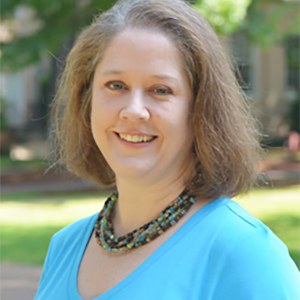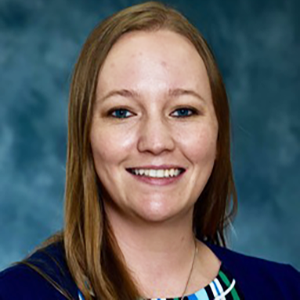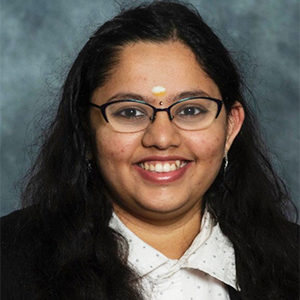Each year, the Center for Teaching Excellence(CTE) at USC offers the Teaching Resource Development Grant for graduate teaching and instructional assistants to develop exemplary and highly-engaging student learning experiences. The grant invites GTA/IAs to submit proposals for the development of instructional materials, modules, cross-curriculum assessments, online learning innovations, or other resources that will enhance the quality and depth of undergraduate student learning at the University of South Carolina. The implementation of this grant benefits both GTA/IAs and undergraduate students. Students are introduced to new and innovative ways of learning while grantees have the opportunity to gain experience in curriculum development, a skill that will be greatly utilized in their future careers.
Michelle Hardee, CTE’s Program Manager for graduate teaching assistant training, was heavily involved in the creation of the grant and oversees its implementation. Hardee is responsible for developing the graduate TA/IA training seminars, teaching the GRAD 701 Teaching Assistant Development course, and helping grad students progress through the Preparing Future Faculty Program. When asked what led CTE to decide to offer the grant, her answer was simple.
Hardee emphasized the sustainability of the resources developed, in that they are intended to be broadly applicable, cross-curricula, and can be implemented in multiple university units to enhance student learning.
Looking back on past year's grantees, the resources developed by two grantees are particularly noteworthy. Michelle Harris, a former doctoral candidate in the department of Geography and member of the Wind-sediment Interactions and Nearshore Dynamics Lab (WINDlab), used the grant opportunity to adapt the final project of an introduction to Geography course to make it an integrative assignment that facilitates experiential learning and embraces inclusivity and multicultural identity. Harris did this by engaging students via “storifying” the course material.
Harris emphasizes that, “These resources allow students to have that creative lens through learning. It takes them outside the normal box of thinking and forces them to apply their problem-solving skills in real world situations.”
When asked about her overall experience in developing the resource, Harris’ feedback was overwhelmingly positive. “I graciously received a lot of help from Michelle Hardee! I thoroughly enjoyed the process; it allowed me the freedom of creativity and how to learn from both positive and negative feedback!” Michelle Harris continues to develop and improve her resources today in a real-world classroom environment.
For her project, Sowmya Raghu, a Ph.D. candidate in the department of Mechanical Engineering, focused on building an instructional module for an Introduction to Engineering course. The module includes comprehensive lesson plans, instructional videos, training handouts, and assessment methodologies all centered around utilizing Makerspace resources for CAD Design, 3D Printing, and mechatronics.
When asked about the value of her resource, Raghu stated, "Part of my goal was to build a sustainable curriculum. The module can be adapted by any instructor moving forward and can be included in any type of engineering course. It also allows for easy navigation and teaching for any difficult topic.” Raghu has grown her resource and adapted it for younger students on different learning platforms such as YouTube.
The Teaching Resource Development Grant has provided for the creation of new and integrative forms of undergraduate learning at USC and a way for GTA/IA’s to develop hands-on experience with innovative teaching technologies. As an excellent example of the contributions to teaching and learning that GTAs can make, Michelle Harris and Sowmya Raghu successfully incorporated their learning modules into their identified courses and demonstrated the adaptability and individualized learning opportunities available.
Michelle Hardee concluded by saying, “With the grant’s competitive nature, our hope is that other faculty will see TA’s getting involved and encourage their grad students to think outside the box and apply as well!”
The Center for Teaching Excellence can't wait to see what new ideas arise from this grant opportunity in the future. To apply for the 2024-2025 grant visit Teaching Resource Development Grant for GTA/IAs 2024-2025.



